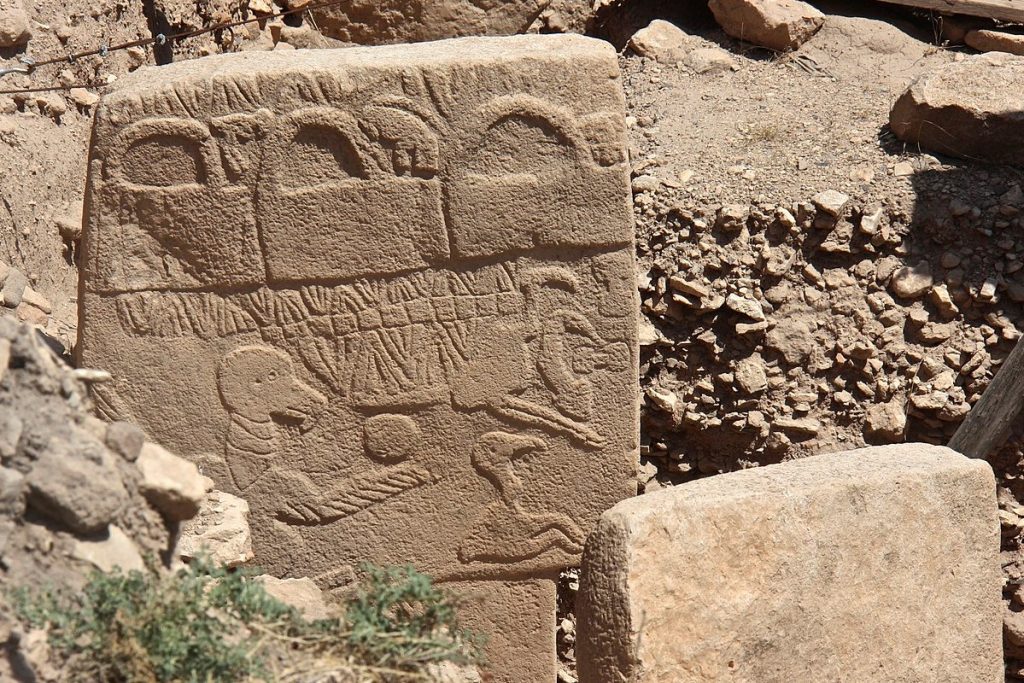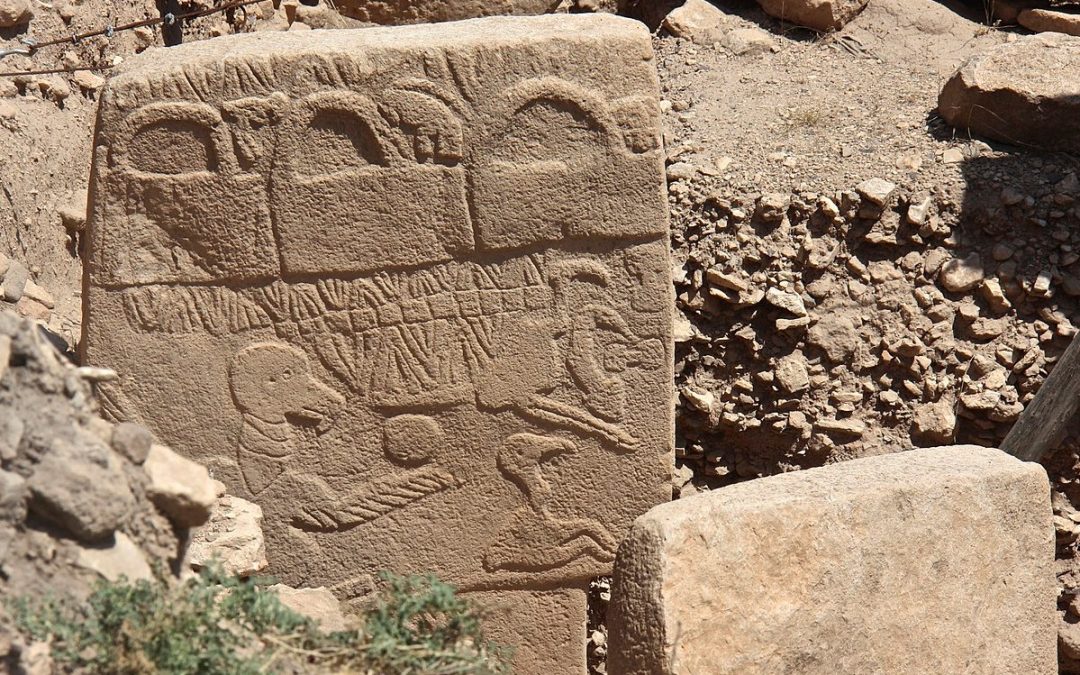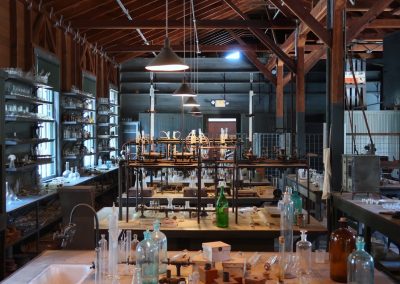
Why Civilization Is Older Than We Thought
From my article published in Palladium Magazine.
The dry hills, brilliant sea, and neat rows of gated suburban communities made me wonder whether I had left San Francisco at all. Looking down on the suburbs of Istanbul that hug the Bosporus during my flight’s approach was unreal—not just because months of quarantine had put an end to the usual rhythm of work travel, but because the city’s rich history was invisible under the recent real estate developments.
Even Istanbul’s impressive new airport, with its tulip-shaped tower, felt more similar to SFO than the old Istanbul Atatürk Airport. Tulips might be the national flower of Turkey, but the sleek tower had been clearly designed in an international style, a style meant to impress international visitors and win Berlin architecture prizes in an era of global tourism. A style that, though it uses local motifs and materials, nevertheless makes you feel the same no matter where you are.
Still, as I disembarked my flight, I saw the whites and flowing curves as a show of a new kind of opulence. The new airport cost $12 billion to build, one of the many huge construction projects of Turkish strongman Erdogan’s new, powerful Turkey. Passing closed store after closed store, I spotted advertisements depicting another distinct shape: the T-shaped pillars of a site I had read so much about over the years, one that was unlike any other—Göbekli Tepe. Only a few years ago, this neolithic site, with the world’s oldest discovered buildings, was of obscure interest. Today, it is part of Turkey’s national tourism branding strategy. Modern development was hiding Istanbul’s rich history while highlighting deep Anatolia’s. The past becomes what we make of it.
Read the rest here.





